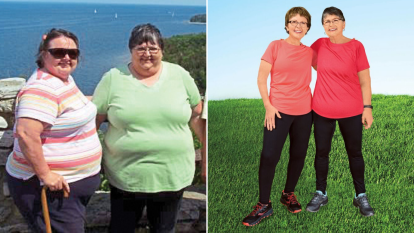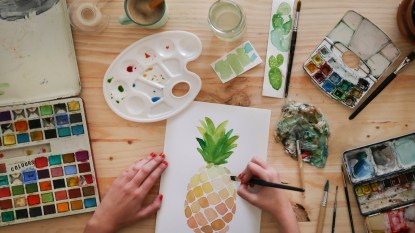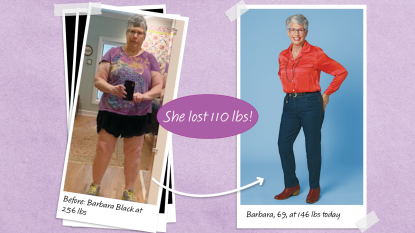Devoted Grandson Created ‘Edible Water’ So Grandma With Dementia Can Stay Hydrated
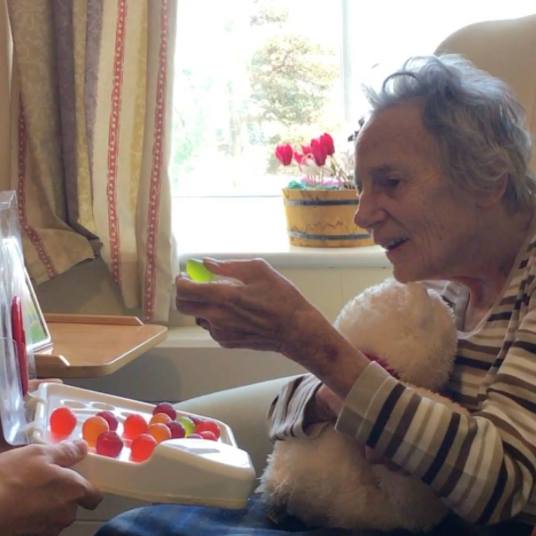
For people whose loved ones suffer from dementia, making sure they stay hydrated can be a problem. Often, patients with dementia forget to drink water or can’t remember where to find it in their homes. Lewis Hornby is all too familiar with this issue, as his grandmother has dementia and was once hospitalized for severe dehydration. As a result, he created Jelly Drops, a genius invention that’s basically edible water drops, so that people with dementia can get the liquids they need.
“For people with dementia, the symptoms of dehydration are often mistakenly attributed to their underlying condition, meaning it can easily go unnoticed until it becomes life-threatening,” Hornby wrote. “About a year ago my grandma was unexpectedly rushed to hospital, she was found to be severely dehydrated. Thankfully, after 24 hours on IV fluids she was back to her normal happy self, and is still enjoying a good quality of life to this day.”
In America, an estimated 5.7 million people live with Alzheimer’s dementia, according to the Alzheimer’s Association. Not all of them are as lucky as Hornby’s grandmother, Pat — so just imagine how many would people will benefit from his clever creation.
Hornby went to great lengths when it came to designing Jelly Drops. First, he used sensory deprivation and virtual reality tools to experience life with dementia firsthand. For a week, he lived in a nursing home with patients who had dementia, observing their behavior and interactions with their carers and speaking to their family members. Hornby also consulted with doctors to create a “super-hydrating” food, constantly experimenting with the consistency to ensure that patients could easily pick up the drops.
“From my observations, people with dementia find eating much easier than drinking. Even still, it can be difficult to engage and encourage them to eat. I found the best way to overcome this is to offer them a treat,” Hornby continued.
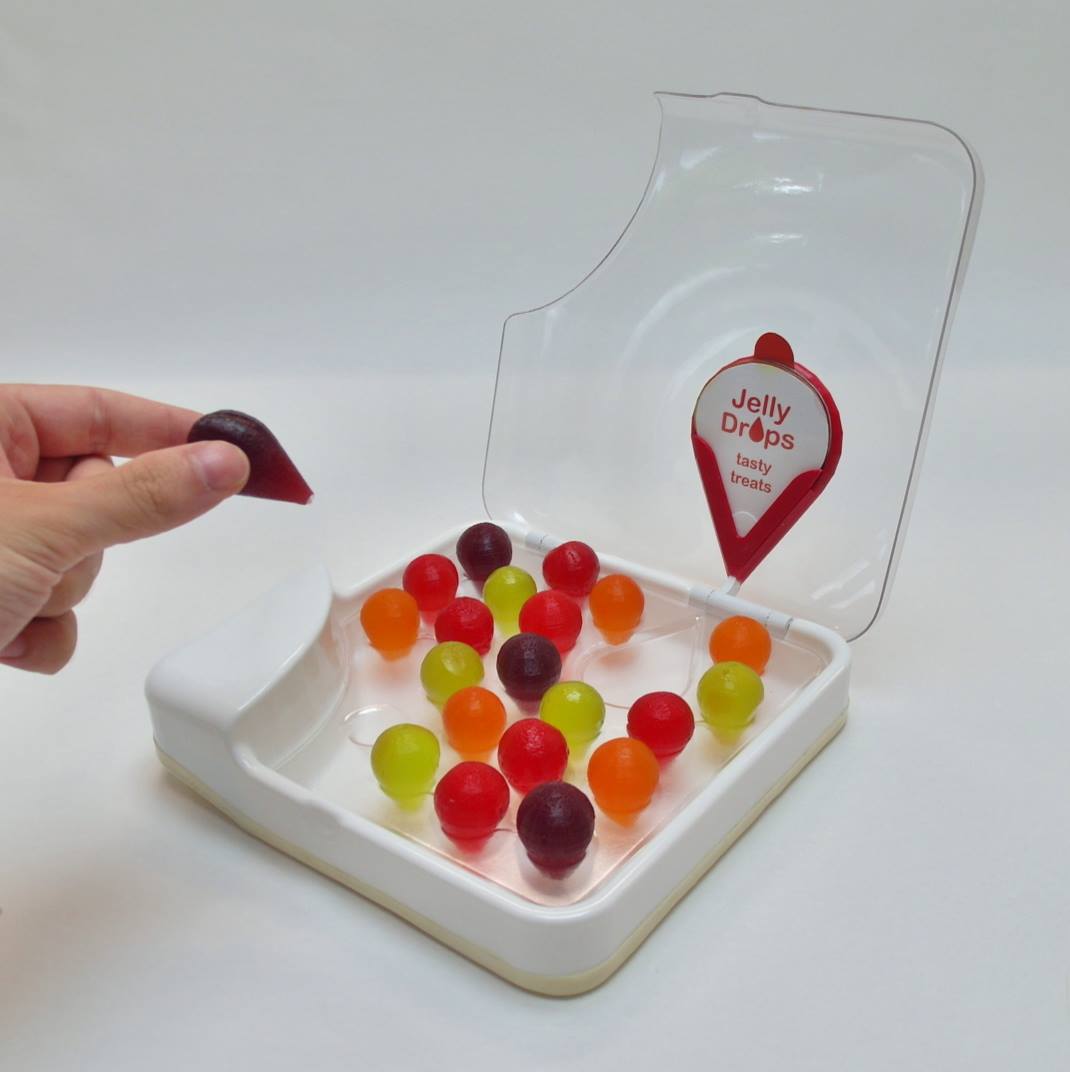
(Photo Credit: Courtesy of Jelly Drops)
To combat this issue, Hornby’s Jelly Drops look like candy. “This format excites people with dementia; they instantly recognize it and know how to interact with it. Jelly Drops builds on this insight — these bright, tasty treats attract the attention of people with dementia, and the firm, easy to grip ‘drops’ makes them simple to pick up.”
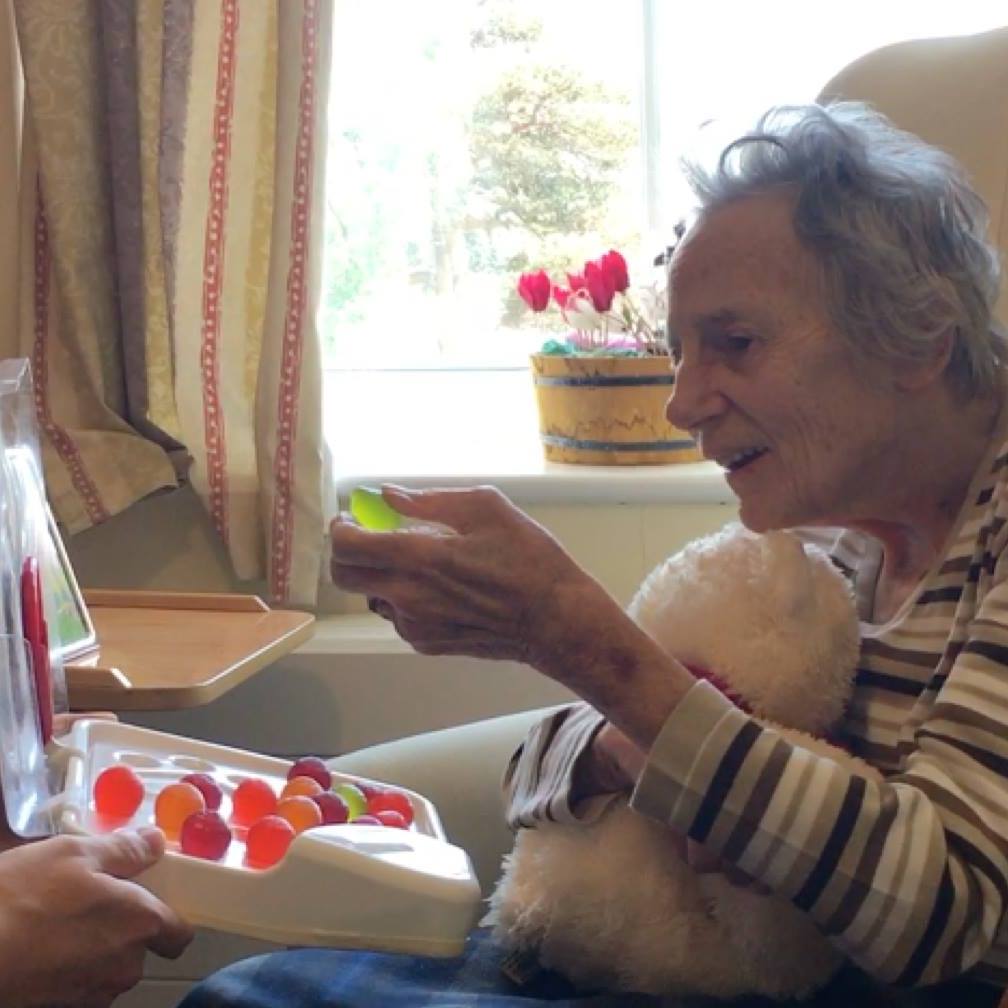
(Photo Credit: Courtesy of Jelly Drops)
“When first offered, Grandma ate seven Jelly Drops in 10 minutes — the equivalent to a cup full of water, something that would usually take hours and require much more assistance. Eating the whole box would account for around half the necessary daily fluid intake.”
Right now, the plan is to test Jelly Drops at care homes with the ultimate goal of producing Jelly Drops on a larger scale. Anyone can donate to Hornby’s touching cause to help hydrate as many patients with dementia as possible. Considering the massive interest Jelly Drops has created in the dementia community, we wouldn’t be surprised if you see Jelly Drops here in the states sometime soon.
More From Woman’s World
Mom’s Crocheting Progression Captures the Heartbreaking Reality of Alzheimer’s
These 5 Foods Help Prevent Alzheimer’s Disease
She Planned Her Wedding in 25 Days, So Her Mom With Alzheimer’s Could Come



